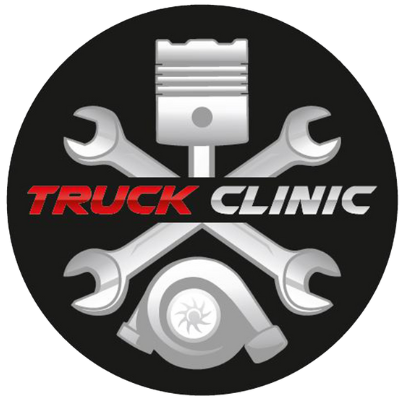Fleet Truck Repair: 5 Issues That Disrupt Operations
Running a fleet is like running a well-oiled machine—until something breaks down. One truck out of service can throw off delivery schedules, upset customers, and eat into profits. Multiply that by several vehicles, and downtime quickly turns from a minor inconvenience into a major business disruption.
That’s why Commercial Fleet Repair isn’t just about fixing trucks when they fail—it’s about preventing those failures in the first place. Whether you’re managing a handful of delivery vans or a hundred heavy haulers, keeping your vehicles on the road is the backbone of your operation.
In this post, we’ll dive into the top five repair and maintenance issues that most often disrupt fleet operations—and more importantly, how to stay ahead of them. From engine troubles to brake failures, we’ll cover what goes wrong, how to spot the warning signs, and what proactive steps you can take. By the end, you’ll have a clear roadmap for reducing downtime, cutting repair costs, and extending the life of your vehicles with smarter fleet truck repair practices.
Because when it comes to keeping your business moving, prevention isn’t just better than cure—it’s more profitable.
The High Cost of Fleet Downtime

Ask any fleet manager what keeps them up at night, and chances are “downtime” is near the top of the list. Every hour a truck sits idle waiting on repairs is an hour it’s not delivering goods, meeting customer commitments, or generating revenue. For many companies, even a single breakdown can cost thousands in lost productivity—not to mention the ripple effect it creates across the entire operation.
Downtime hits hard in more ways than one. There’s the direct expense of towing, emergency repairs, or replacement rentals. But there are also hidden costs: missed deadlines, frustrated clients, penalties for late deliveries, and extra strain on the rest of the fleet that has to pick up the slack. Over time, these disruptions can snowball into bigger financial headaches and even reputational damage.
This is where proactive maintenance and professional fleet truck repair services prove their worth. By addressing issues before they escalate, you’re not just keeping trucks on the road—you’re protecting your bottom line. Think of it this way: every dollar spent on preventive care saves you several more in unplanned breakdowns and crisis fixes.
Ultimately, reliable operations hinge on preparation. Investing in regular inspections and trusted commercial fleet partners ensures that your business keeps moving forward, even when unexpected challenges arise. Because in the world of logistics, uptime isn’t optional—it’s everything.
Engine Failures
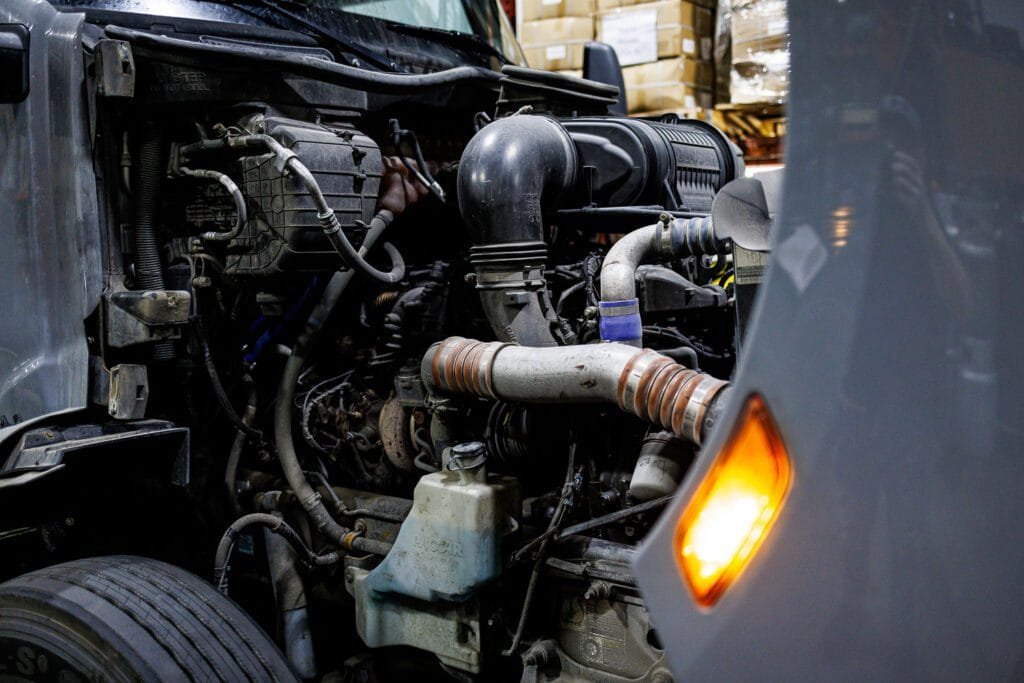
When an engine goes down, the truck is out of service completely—and that can derail schedules fast. Most failures stem from overheating, low lubrication, or fuel system issues, but these problems rarely appear overnight. They build over time, which is why early detection is critical.
With Fleet Truck Diagnostics, small problems like irregular fuel pressure or temperature spikes can be spotted before they become full-blown breakdowns. Drivers can also help by reporting early warning signs such as strange noises, smoke from the exhaust, or sudden drops in fuel efficiency.
Pairing these driver reports with routine vehicle maintenance—oil changes, coolant checks, fuel filter replacements—dramatically lowers the risk of major failures. A simple “engine health checklist” for drivers goes a long way in catching small issues early.
In short, protecting your engines isn’t just about repairs—it’s about prevention. Staying ahead keeps trucks reliable, customers happy, and your bottom line intact.
Brake System Problems

Few things are as critical to fleet safety as a reliable braking system. When brakes start to fail, it’s not just an inconvenience—it’s a serious safety hazard for drivers, cargo, and everyone else on the road. And in the world of logistics, one preventable brake issue can lead to delayed deliveries, costly accidents, or even compliance violations.
Brake problems often creep up gradually. Drivers might notice squealing or grinding noises, longer stopping distances, or a dashboard warning light that keeps flickering on. Unfortunately, these warning signs sometimes get overlooked until the problem becomes too big to ignore. That’s why staying ahead with routine inspections is so important.
Professional fleet truck repair services know exactly what to look for: worn pads, low brake fluid, damaged rotors, or air system leaks in heavy-duty trucks. Catching these issues early can mean the difference between a simple service job and a major repair that takes a truck out of commission for days.
A smart practice for fleet managers is setting up mileage-based brake checks—say, every 20,000 to 30,000 miles depending on vehicle use. Pairing these checks with driver training ensures that small issues get reported right away instead of being brushed aside.
The takeaway? Brakes aren’t just about compliance—they’re about keeping trucks safe, efficient, and on schedule. Proactive attention to brake systems keeps your fleet rolling smoothly while avoiding the steep costs of emergency Heavy Truck Repair when things go wrong.
Electrical System Failures
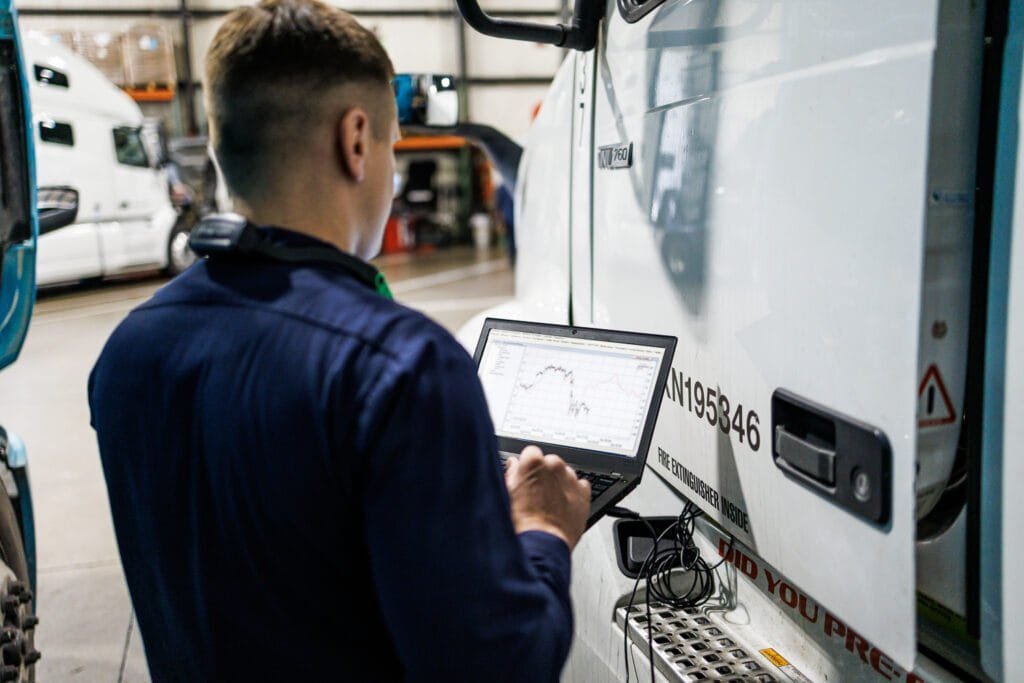
Electrical issues might not sound as dramatic as a blown engine or failing brakes, but they can bring a fleet vehicle to a halt just as quickly. From dead batteries to faulty sensors, electrical failures are often the “mystery problems” that leave trucks stranded and schedules in chaos.
Modern trucks rely heavily on electronics—everything from ignition systems and lighting to advanced telematics and emissions controls. When any part of that system falters, the result can be a truck that won’t start, lights that fail inspection, or warning indicators that confuse drivers. That’s where accurate unit diagnosis becomes a lifesaver. Advanced diagnostic tools can quickly pinpoint whether the culprit is a weak battery, alternator trouble, corroded wiring, or even a parasitic drain that’s slowly sapping power.
Routine electrical checks as part of your fleet truck repair program can prevent these problems from catching you off guard. Simple steps like testing batteries before extreme weather seasons, cleaning corroded terminals, and replacing aging wiring can extend vehicle uptime significantly.
Drivers also play a key role here. They should be trained to notice early red flags like dimming headlights, erratic dashboard lights, or slow engine turnover. Reporting these symptoms early allows commercial fleet technicians to step in before a full breakdown occurs.
With trucks carrying more electronic systems than ever, ignoring electrical health isn’t an option. Staying proactive not only prevents sudden failures but also ensures compliance with safety standards and keeps every delivery on track.
Tire Wear & Alignment Problems
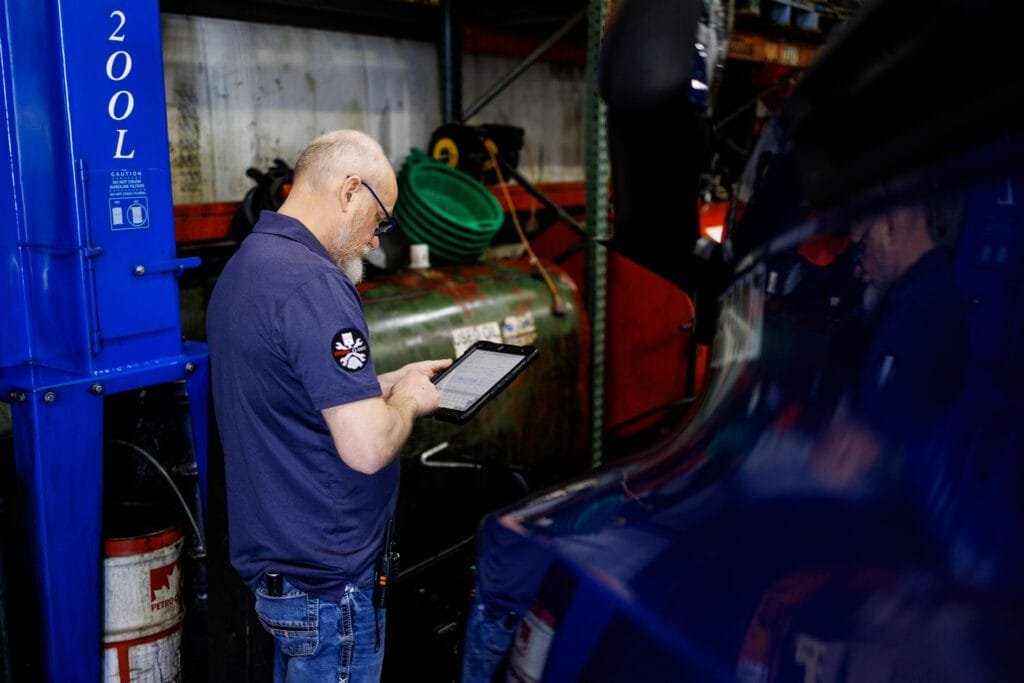
Tires might seem simple compared to engines or transmissions, but they’re one of the most common—and costly—sources of downtime in fleet operations. A single blowout on the highway can derail a delivery schedule, create safety hazards, and trigger expensive roadside service calls. Beyond that, poorly maintained tires can quietly eat away at profits by reducing fuel efficiency and increasing overall operating costs.
Uneven tire wear usually points to alignment issues, improper inflation, or suspension problems. Drivers may notice vibrations in the steering wheel, trucks pulling to one side, or irregular tread patterns. Left unchecked, these issues shorten tire life and put more stress on other components, leading to bigger fleet truck repair bills down the road.
Routine inspections are key here. Fleet managers should schedule tire rotations and alignments at regular intervals, and invest in tools like Tire Pressure Monitoring Systems (TPMS). When integrated with fleet truck diagnostics, these systems alert you in real time if pressure drops or temperatures spike—helping prevent dangerous blowouts before they happen.
Partnering with a trusted fleet maintenance provider also ensures tires are evaluated during every service. They’ll check tread depth, look for sidewall damage, and spot alignment problems that drivers may miss.
The payoff is huge: well-maintained tires last longer, improve fuel economy, and keep trucks safely on the road. By making tire care a cornerstone of your fleet truck repair strategy, you’ll not only cut costs but also boost reliability across your entire fleet.
Proactive Fleet Maintenance Strategies

By now, it’s clear that most breakdowns don’t happen out of nowhere—they build up over time. The smartest way to keep your trucks rolling is to stop problems before they start. That’s where proactive maintenance comes in. Instead of waiting for something to fail, you create a plan that keeps vehicles healthy, predictable, and ready for the road.
A solid strategy starts with scheduled inspections and preventive fleet truck repair. Think of it like regular checkups at the doctor—catching small issues early saves a lot of pain (and money) later. Oil changes, fluid flushes, brake checks, and tire rotations may sound routine, but together they dramatically reduce the risk of costly downtime.
Technology is also your ally here. With modern telematics and truck diagnostics, managers can track vehicle health in real time. You’ll know if an engine is running hot, if a tire is losing pressure, or if a transmission is slipping—long before a driver is stuck on the side of the highway.
Finally, building strong relationships with reliable Commercial Fleet Repair providers makes all the difference. A trusted shop that knows your fleet can spot patterns, predict failures, and offer solutions tailored to your operation.
In short, proactive maintenance isn’t just about avoiding emergencies—it’s about saving money, improving safety, and ensuring your business keeps moving without interruptions.
Choosing the Right Fleet Repair Partner
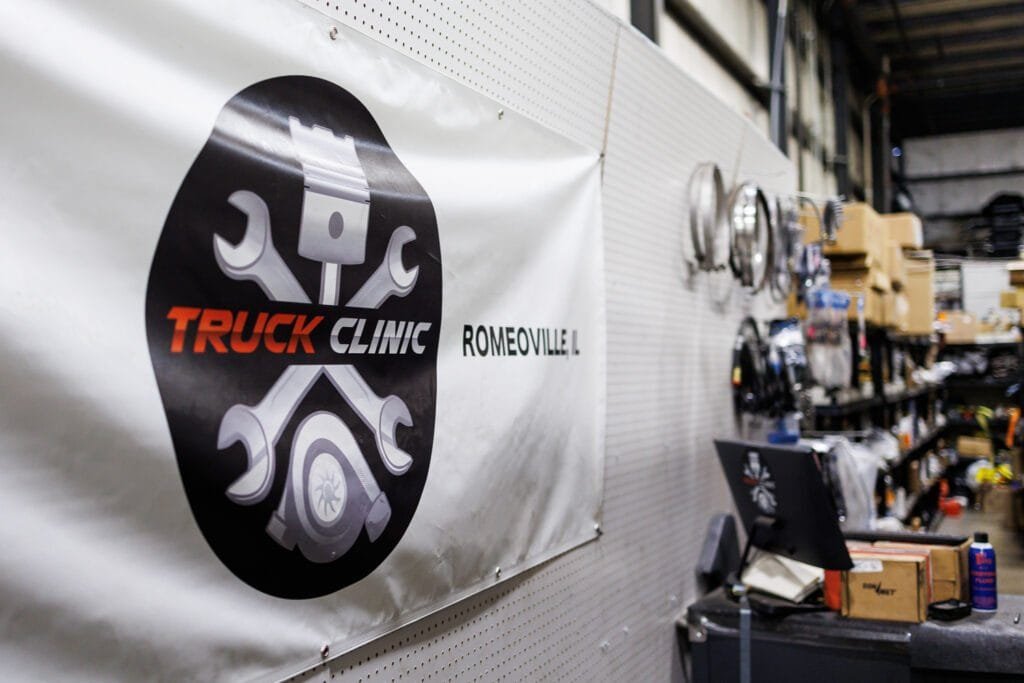
Even the best-maintained fleets need professional help. The key is finding a Commercial Fleet Repair partner you can trust.
A good shop brings more than tools—they bring expertise and transparency. Look for experience in Heavy Truck Repair and access to advanced Fleet Truck Diagnostics so problems are identified quickly and accurately.
The best providers also make the process easy. Many now offer online estimates with before-and-after photos, showing exactly what was repaired. This not only proves the work was done, but also helps you see what came from driver error versus normal wear and tear. That kind of clarity builds trust and prevents billing surprises.
Round-the-clock support is another must-have. Breakdowns don’t wait for business hours, and neither should your repair team.
At the end of the day, the right fleet truck repair partner isn’t just fixing vehicles—they’re helping you reduce downtime, control costs, and keep your business moving.
Keeping Your Fleet on the Road
Fleet operations thrive on reliability. We’ve looked at the five most common issues that disrupt business—engine failures, brake problems, electrical glitches, transmission trouble, and tire wear—and the thread that connects them all is this: prevention is always cheaper than repair.
By investing in proactive maintenance, leveraging fleet diagnostics, and building a relationship with a trusted commercial fleet repair partner, you can turn downtime into uptime. Every routine inspection, driver report, and scheduled fleet truck repair adds up to fewer breakdowns, safer roads, and smoother operations.
The big takeaway? Don’t wait for problems to take trucks off the road. Stay ahead with a maintenance plan that protects your vehicles, your drivers, and your bottom line.
If you’re ready to cut costs, improve reliability, and keep your business moving forward, now’s the time to act. Reach out to a professional fleet truck repair provider or explore how a tailored maintenance program can give your fleet the competitive edge it needs.
Because when your trucks stay on the road, so does your business.

